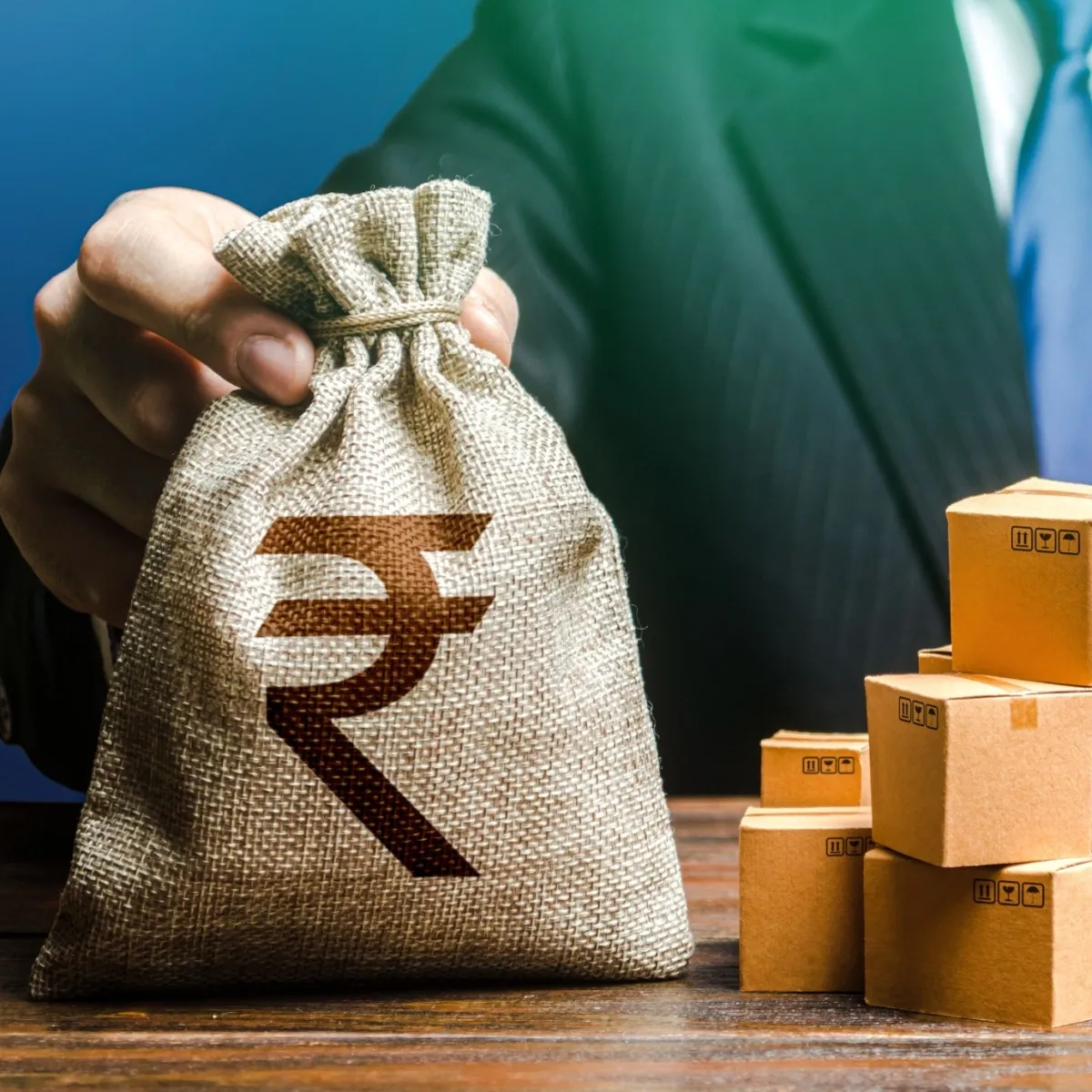Personal Finance News
How are Employees' Provident Fund (EPF) contributions, withdrawals, and interest taxed?

4 min read | Updated on May 09, 2025, 16:03 IST
SUMMARY
The Employees’ Provident Fund Organisation (EPFO) allows its subscribers to make a full or a partial withdrawal (for specific needs). The full withdrawal is not taxable if a member has completed five years of membership.

If you change jobs before completing 5 years and transfer your PF account properly, there will be no tax liability.
The Employees' Provident Fund Organization (EPFO) is a statutory body established by the government to manage the provident fund contributions of over 7 crore citizens.
What is taxable under EPF?
Under the EPF scheme, an employee contributes 12% of basic salary and dearness allowance, while the employer has to contribute a matching amount.
The employer’s contribution to the PF cannot be more than the employee’s contribution. If the employer’s contribution exceeds the 12% cap, the excess becomes taxable.
Moreover, if an employer’s contribution is more than ₹7.5 lakh in a financial year, it is considered a perk to the employee’s salary and is taxable as per the employee’s tax slab.
The employer can claim a deduction on its contributions to the PF for up to 12% of the employee’s Basic+DA, which means it can deduct this amount from their income while calculating their tax liability.
An employee contribution to the EPF up to ₹1.5 lakh is eligible for a deduction under Section 80C of the Income Tax Act under the old tax regime.
In the new tax regime, Section 80C deduction is not allowed on employee contributions to EPF. However, tax exemption is allowed on employer contributions up to 12% of salary in the new regime, but only up to a combined limit of ₹7.5 lakh per year (including NPS and superannuation funds).
The interest on EPF deposits (on both employer and employee contributions) was exempt from tax until 2020. In Budget 2021, the government announced that starting FY 2021-22, if the EPF and VPF (Voluntary Provident Fund) deposits exceed ₹2.5 lakh in a financial year, then the interest on contributions above ₹2.5 lakh will be taxable under “Income from Other Sources.”
Additionally, if the employer does not contribute to the EPF account, then the interest on deposits will not be taxable for up to ₹5 lakh in a financial year.
For this, the CBDT (Central Board of Direct Taxes) announced that two separate PF accounts will be maintained—one for taxable interest and the other for non-taxable interest—and members will receive two separate interest statements for the same.
The EPFO allows employees to withdraw a lump sum amount from their provident fund accounts on retirement. It also allows partial withdrawal of funds for major life events like marriage, higher education, buying/constructing a house, medical reasons, etc.
As per the EPFO, partial withdrawals, which are also known as advances, are tax-free. Additionally, the final withdrawal after completing five years of EPFO membership is also tax-free.
In case the final withdrawal is made before 5 years of membership, it will be tax-free if:
- If the project you were employed under ended, which left you unemployed.
- If your employer has shut down the establishment.
- If you leave the job due to health reasons.
If you withdraw from the PF after leaving your job voluntarily and make a final withdrawal before 5 years of membership, tax will be applicable on the withdrawal. If your PAN is linked with your UAN, a 10% TDS will be deducted. In case it is not, the TDS rate will be 34.608%.
Moreover, if your final withdrawal amount is less than ₹50,000, no TDS will be deducted.
How can you avoid TDS on EPF if you withdraw voluntarily before completing 5 years of membership?
If your income is below the taxable limit, you can use self-declaration forms, Form 15G and Form 15H, to avoid paying TDS on your final EPF withdrawal.
A resident individual whose income falls below the basic exemption limit can fill out Form 15G to avoid paying tax on EPF withdrawals above ₹50,000.
Similarly, a resident senior citizen who is above the age of 60 can fill the Form 15H to ensure that TDS is not deducted on EPF withdrawal, provided that their total income is within the exemption limit.
By signing up you agree to Upstox’s Terms & Conditions
About The Author
Next Story

